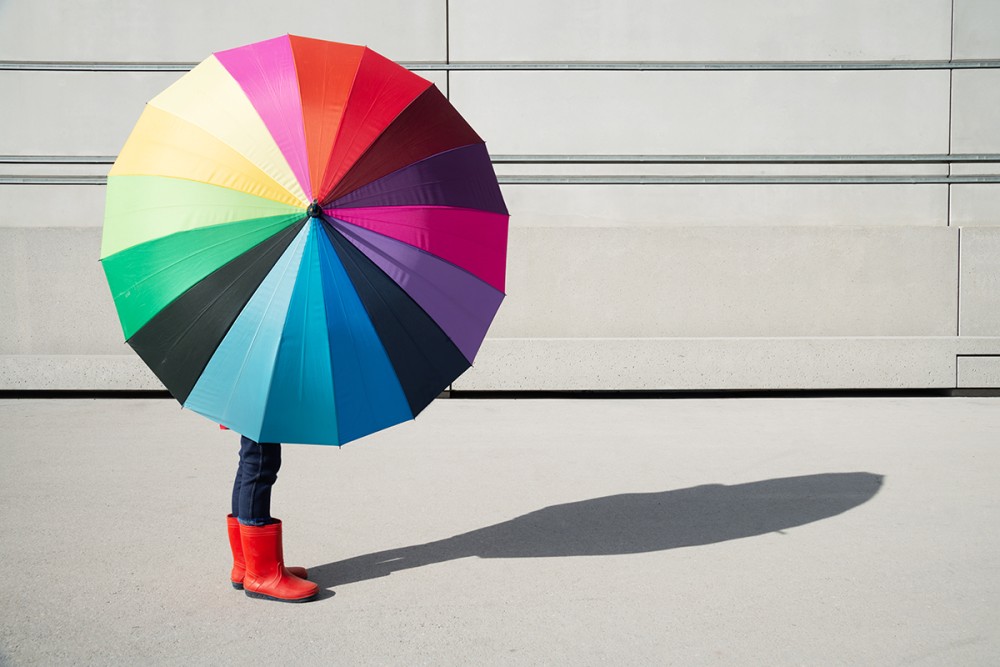
It is surely a no-brainer that women and girls should be protected from violence and exploitation. Across the world, women and girls are disproportionately affected by issues of sexual exploitation, poor living conditions, and lack of educational opportunities. Meanwhile, online misogyny adds new lines to the old story of hatred of women. Every woman I know has been sexually harassed; many of us have been assaulted and much worse. For all the opportunities that exist for women and girls in the US and UK, systemic issues regarding our safety remain. And there is evidence that the Christian tradition has been part of the problem, going back to the biblical narratives that Phyllis Trible calls “texts of terror” against women.
But while the phrase “protect women and girls” may be a no-brainer, historically it has been used to undergird conflicting agendas. On the religious right it has been used to enforce modest dress for women or to prevent their financial independence, among other restrictions. On the feminist left it has been used to argue for the development of separatist movements that exclude men. In the UK, it has been disconcerting to witness how readily people from the left and right have found common cause in the claim that to better protect women and girls it is necessary to treat trans women, drag queens, and other LGBTQ people with suspicion.
This is troubling on a personal level. As a trans woman, I am disturbed to be used as a prop in a culture war. As a feminist, I despair at how readily wedges are forced between cis and trans women, people who should be in solidarity with one another. As a theologian, I want to understand why concepts of womanhood, femininity, and vulnerability get weaponized; I want to see if theological thinking offers ways out of this mess.





